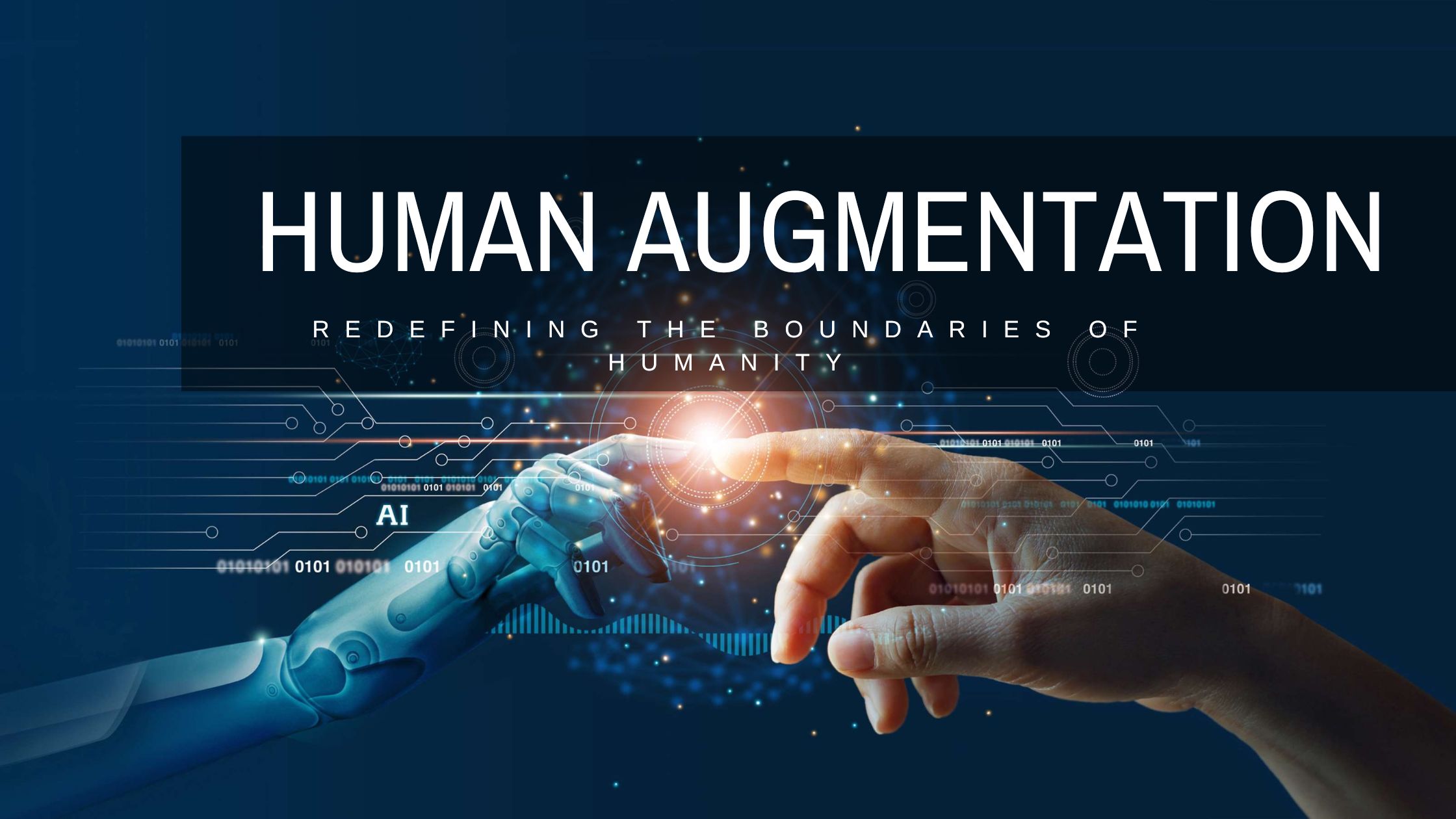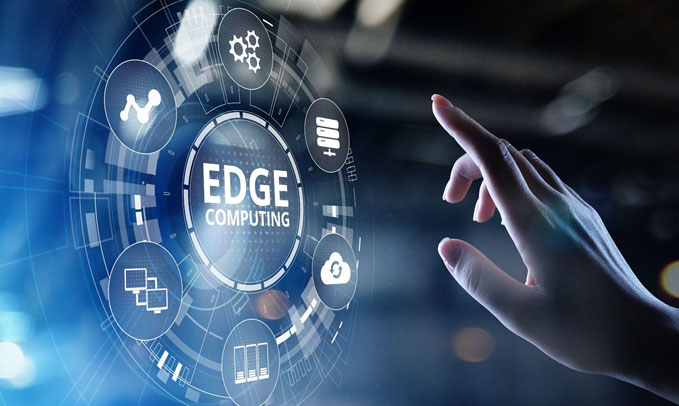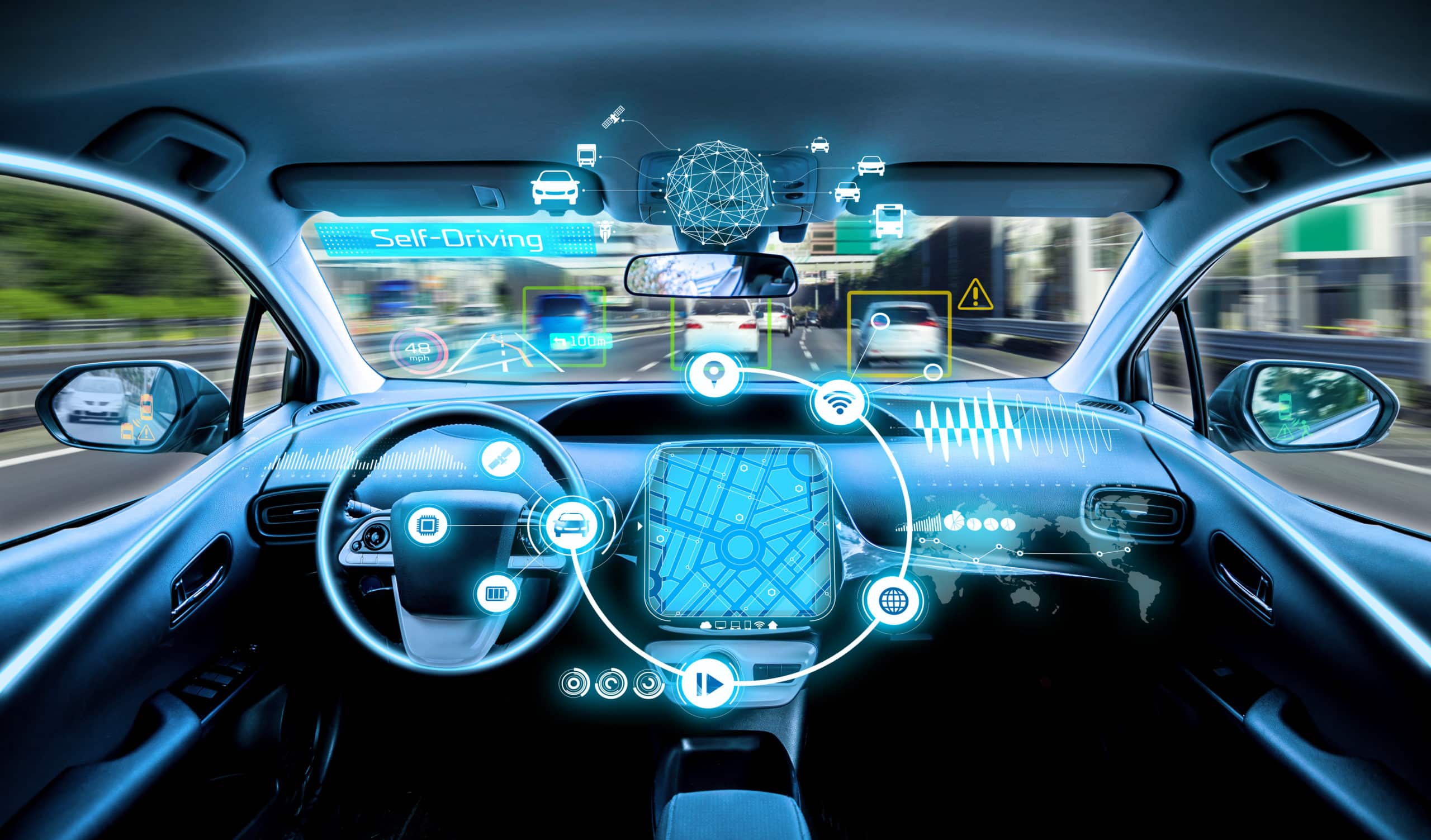Web 3: Redefining the Internet’s Future Through Decentralization and Innovation
Since its inception, the internet has undergone numerous transformations, evolving through several distinct phases—Web 1.0, Web 2.0, and now Web 3.0. Each phase has marked a significant shift in how we interact with digital content and the online world.. These generational changes mark shifts in how we use and interact with the digital world. Web 3 represents a new era that leverages blockchain, decentralization, and enhanced user autonomy.
In this article, we’ll explore the history of Web 1 and Web 2, the features and use cases of Web 3, and its potential future impact.
The History of the Internet: From Web 1 to Web 2
Web 1.0 (1990s–Early 2000s): The Static Web
The earliest phase of the internet, commonly known as Web 1.0, is often described as the “read-only web.”. It was characterized by static websites and simple, one-way communication between users and content. Information was posted on websites, but there was little interaction or dynamic content generation.
Key Features of Web 1.0:
- Static Pages: Web pages were typically written in HTML and featured limited design and interactivity.
- Basic Connectivity: Users could browse, read, and retrieve information, but engagement was minimal.
- Centralized Hosting: Most content was hosted on centralized servers, and users had little control over the data they accessed.
Example Use Cases:
- Personal Websites and Blogs: Early forms of personal expression online.
- Simple e-Commerce: Basic online storefronts like Amazon and eBay began to appear.
- Directories and Search Engines: Yahoo and early versions of Google helped users navigate the web.
Although Web 1.0 had minimal interactivity, it set the foundation for a more dynamic and engaging internet, ultimately leading to the development of Web 2.0.
Web 2.0 (Mid-2000s to Now): The Era of Social Connectivity and Interactivity
Web 2.0 is often known as the “read-write web,” and represents a more interactive, social, and collaborative internet. With the rise of social media, content creation platforms, and user-generated data, the internet became more dynamic. It enabled users to both produce and distribute content, rather than simply consuming it.
Key Features of Web 2.0:
- User-Generated Content: Blogs, wikis, and platforms like YouTube and Facebook empowered users to contribute their own content.
- Social Networking: The rise of platforms like Twitter, Facebook, and Instagram fostered global connections and interactions.
- Centralized Platforms: Large tech companies like Google, Facebook, and Amazon became gatekeepers of data and digital experiences.
- Data Collection and Monetization: Companies began harvesting massive amounts of user data, primarily for targeted advertising and personalized services.
Example Use Cases:
- Social Media: Platforms where users can interact, create content, and engage with communities.
- Streaming Services: Video and audio streaming platforms like Netflix and Spotify emerged as major entertainment hubs.
- Cloud Computing: Services like AWS, Google Cloud, and Dropbox introduced scalable storage and computing capabilities.
While Web 2.0 has brought vast improvements in interactivity and social connectivity, it also raised concerns about data privacy, centralized control, and the monetization of user information. This paved the way for Web 3.0.
What is Web 3? A New Paradigm for the Internet
Web 3, also known as the “decentralized web” or the “semantic web,” is the next evolution of the internet, designed to solve the problems of centralization and data ownership in Web 2.0. It leverages blockchain technology, decentralized networks, and smart contracts to return control of data and digital interactions to the users.

Unlike Web 1 and Web 2, Web 3 envisions a world where the internet is not controlled by a few large entities but instead is distributed across a global network of users, with more emphasis on privacy, user autonomy, and peer-to-peer interactions.
Key Features of Web 3
- Decentralization
The core of Web 3 is the idea of decentralization. Instead of relying on centralized servers and corporations to manage data, Web 3 uses blockchain technology and peer-to-peer networks, enabling users to own and control their own data. This decentralized architecture is resistant to censorship and enhances privacy. - Blockchain Technology
Blockchain, a decentralized ledger system, is fundamental to Web 3. It facilitates secure, transparent, and trustless transactions by removing the need for intermediaries. Each transaction or action is permanently logged on the blockchain, ensuring both data integrity and security throughout the network. - Cryptographic Security
Web 3 is built with encryption and cryptography at its core, making it inherently more secure than Web 2. Users control their own keys, and no centralized entity can manipulate the system. - Tokenization and Cryptocurrencies
Web 3 enables the creation and use of digital tokens, including cryptocurrencies, as a native means of transferring value and accessing digital services. Users are compensated for their participation in decentralized networks, and value exchange is facilitated via smart contracts. - Interoperability
Web 3 platforms and applications are designed to be interoperable, meaning they can easily communicate and integrate with each other. This fosters an ecosystem where users can move assets, data, and services across different platforms without the restrictions imposed by walled gardens (such as those in Web 2). - Self-Sovereign Identity
Instead of relying on third-party logins (like Facebook or Google), Web 3 offers self-sovereign identity systems where users control their identity across platforms without relying on centralized entities. - Smart Contracts
Smart contracts are automated agreements where the terms are embedded directly into code. These contracts self-execute when predefined conditions are fulfilled, eliminating the need for intermediaries such as banks, lawyers, or brokers to oversee the process.
Use Cases of Web 3
Web 3 has the potential to disrupt numerous industries, offering decentralized alternatives to existing services. Below are some prominent use cases:
Decentralized Finance (DeFi)
DeFi aspires to reinvent financial systems by utilizing blockchain technology to establish a decentralized framework. DeFi applications, such as lending platforms, decentralized exchanges (DEXs), and yield farming, allow users to engage in financial activities without the need for banks or traditional intermediaries. They provide access to financial services for the unbanked and enable new forms of wealth generation through token staking, lending, and borrowing.
Decentralized Applications (dApps)
Web 3 has ushered in the era of dApps—decentralized applications that run on blockchain networks. These applications remove intermediaries, enhancing security, reducing costs, and offering users greater control over their data. dApps can fulfill a variety of roles, spanning from social networking platforms to solutions for supply chain management.
Non-Fungible Tokens (NFTs)
NFTs are unique digital assets that represent ownership or proof of authenticity of a particular item, whether it’s art, music, collectibles, or real-world assets. Web 3 platforms enable creators to mint, sell, and trade NFTs, giving them new ways to monetize their work and engage with audiences.
Decentralized Social Networks
In contrast to conventional social media platforms that are governed by centralized organizations, decentralized social networks empower users with control over their data, content, and monetization options. This reduces the risk of censorship and data exploitation.
Supply Chain Management
Blockchain technology, the foundation of Web 3, can improve transparency and traceability in supply chains by creating an immutable ledger of transactions. Companies can track products from production to delivery, ensuring authenticity and ethical sourcing.
Gaming and the Metaverse
Web 3 enables decentralized gaming ecosystems where players have full ownership of in-game assets, such as characters, items, or virtual real estate, through NFTs. The emerging concept of the Metaverse, a virtual shared space, is closely tied to Web 3, allowing users to create, trade, and interact within decentralized virtual worlds.
Generational Changes from Web 1 to Web 3
The internet’s generational evolution marks significant shifts in how we engage with digital technologies:
- Web 1.0 (Read): A fixed, unidirectional format in which information was absorbed without interaction.
- Web 2.0 (Read-Write): An interactive, collaborative platform with centralized control and social media prominence.
- Web 3.0 (Read-Write-Own): A decentralized, trustless network where users own their data and digital assets, facilitated by blockchain and smart contracts.
click here to read some more interesting articles about best technologies in the world
Web 3’s Future: Navigating Challenges and Unlocking Potential
Web 3 holds tremendous promise, but it also faces challenges as it matures:
Challenges:
- Scalability
Current blockchain networks struggle with scalability issues, limiting the speed and number of transactions they can handle. Advances like Ethereum 2.0 and Layer-2 solutions aim to address these concerns. - User Experience (UX)
Web 3 applications are often more complex than their Web 2 counterparts, requiring users to manage wallets, private keys, and tokens. Improved interfaces and tools will be necessary to drive mainstream adoption. - Regulation
The decentralized nature of Web 3 raises questions around regulation, especially regarding data privacy, financial crimes, and intellectual property rights. Governments will need to navigate how to oversee decentralized systems while preserving innovation.












Whoa! Thhis bog looks exactly like mmy old one! It’s on a entirely differentt subject but it has pretty much the same layout and design. Superb choice of colors! https://ternopil.Pp.ua/
Its not my first time to ppay a visit this site, i amm
brpwsing this website dailly and get nice information from here all
the time. https://evolution.Org.ua/
Thanks
Wow, superb blog layout! How long have you been bogging for?
you make blogging look easy. The overall look of your web site
is magnificent, let alone the content! http://Boyarka-Inform.com/
Just here to dive into discussions, share experiences, and pick up new insights throughout the journey.
I’m interested in hearing diverse viewpoints and sharing my input when it’s helpful. Always open to new ideas and connecting with others.
Here is my site-https://automisto24.com.ua/
WOW just what I waas looking for. Came here by searching for
odessa forum http://boyarka-inform.com/
Dice games and AI tools both thrive on strategy-tyy.AI’s AI Video Tools are like having a pro gamer’s mind in your toolkit.
Smart risk management is key in online gaming – understanding volatility & setting limits is crucial! Platforms like winph login seem to prioritize a smooth user experience, which indirectly aids responsible play. Good service matters!
It’s fascinating how mobile gaming prioritizes seamless UX now. Quick access & intuitive design are key-like the focus on optimized touchpoints discussed with PH987 Login. Really changes the experience!
Sprunki Incredibox beautifully blends creativity and sound in a way that feels both familiar and fresh. It’s like the original Incredibox, but with a full orchestra upgrade. The expanded palette and visuals make composing a true joy. Check it out: Sprunki Incredibox.
If you’re diving into online casino games, don’t overlook JiliPH’s smooth interface and top-notch slots like Fortune Gems. For a quick start, check out Jili77 com. Solid choice for both new and seasoned players.
Interesting take on maximizing player engagement! It’s not just about the game, but the experience. Seeing platforms like SZ777 focus on that psychological aspect – from login to deposits – is smart. Good stuff!
Interesting analysis! Seeing more platforms like Plus777 really shift the focus to player strategy – understanding game mechanics is key now. Good read! 👍
Roulette strategies often miss the mark, but creative tools like Spunky Incredibox let you mix beats with real freedom-where math meets musical innovation.
Understanding lottery odds through statistical analysis helps players make informed choices. Platforms like JLJL PH offer diverse gaming experiences that blend entertainment with calculated risk.
That’s a fascinating take on long-term betting strategies! Considering seamless access is key, exploring platforms like ph222login for efficient service discovery could be a real game-changer. Operational excellence matters!
It’s fascinating how platforms like 789wim are adapting to local preferences – streamlined account creation & payment options are key! Understanding those initial steps really impacts player confidence, don’t you think? 🤔
Understanding the psychology behind gambling is crucial, especially with platforms like Jili App offering easy access to games. It’s a mix of thrill and risk that can quickly spiral if not managed with self-awareness and discipline.